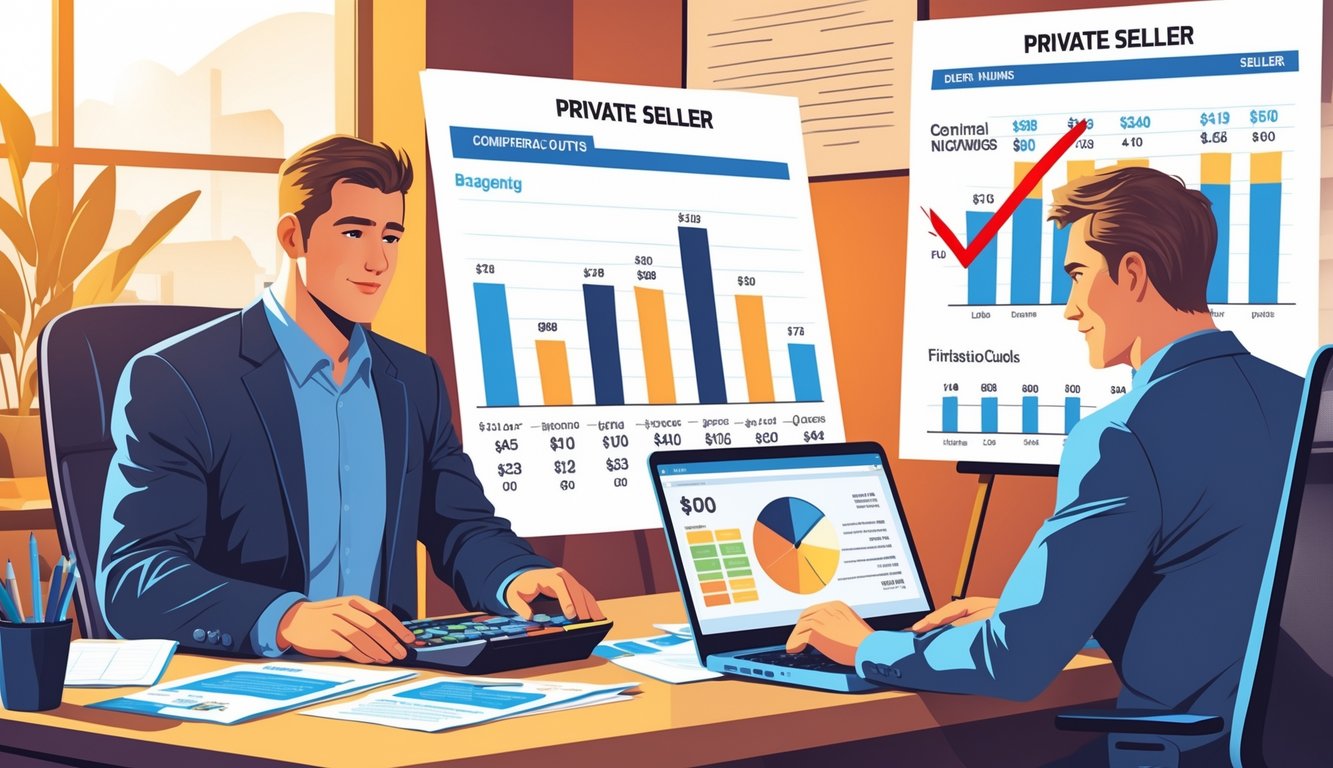
Maximizing Value With Vehicle History And Service Records

Dealers freeze when I drop a fat folder of receipts—oil changes, brake pads, even wiper blades. You can see it on their face. A spotless service history changes the offer, way more than I expected.
Understanding Vehicle History Reports And PPSR
Carfax, AutoCheck, PPSR (that Aussie thing)—which one do buyers care about? Nobody ever tells you. I once spent ages convincing a used car manager that yes, the VIN matched, yes, the transfer was clear, and no, that wasn’t my hail claim. Even a random insurance entry—not even an accident—can knock $2,000 off a dealer offer.
Dealers trust these reports. One weird flag, like an out-of-state registration or old finance listing, and they’ll lowball you instantly. PPSR isn’t just legal talk; my friend’s sale fell apart for a week because an old finance listing wouldn’t clear. Lost the VIN? Game over, you’re just guessing.
So, I print everything—policy numbers, clearance letters, every database result, even if it looks pointless. Photocopies won’t fix everything, but missing docs get you the “sorry, can’t help” line in seconds.
Evaluating Service History And Certified Pre-Owned Options
Who actually keeps every invoice? Apparently, the people who get an extra $1,500 at trade-in. Service history isn’t just a pile of paper; it’s proof you cared. OEM parts? Dealers love that. Third-party filters? Suddenly you’re the villain.
Certified pre-owned? Dealers and buyers treat it like it’s magic. But I know someone who bought a “certified” car with an open recall—so, paperwork isn’t everything. Still, if you’ve got a neat logbook, matching mileages, dealership stamps, dealers have to rethink their offer.
My old Camry, obsessively maintained, got more at trade-in than a newer one with spotty records. Cox Automotive (2023) claims cars with full service histories get $700–$1,200 more at resale. So, I document every battery swap, just in case. Gaps make people suspicious. Maybe it’s dumb, but that’s how it goes.
Budgeting And Financing When Buying From Private Sellers

I was staring at five car listings last week before it hit me—none of these sellers offer financing. No loan options, no pamphlets, nothing. So, if I don’t want to blow my budget or get wrecked by surprise interest rates, I have to do the math myself. And, honestly, I don’t trust my math.
Calculating Monthly Payments With A Loan Calculator
Punching numbers into a loan calculator at 2 a.m.? Not my finest hour. Best advice: focus on the “out-the-door” price, not just the sticker. Taxes, title, registration—private sellers always forget something. Bankrate and NerdWallet will give you a monthly payment instantly if you feed them the numbers, but don’t lie to yourself about the APR. A 1% difference can add $30 a month. I learned that the hard way.
Dealer friend told me, “Always run the worst-case numbers so you’re not shocked by the first bill.” AARP says car payments shouldn’t be more than 15% of your take-home. My bank laughed and said 10%. I’ve never hit that target.
Exploring Financing Terms And Options
Private sellers don’t do financing—no helpful clerk, no “special deals” (the upside: nobody’s pushing an extended warranty on you). Credit unions usually have better rates. Wells Fargo told me their rates were a full point higher than my local credit union, and annoyingly, they were right.
You can get private party loans from LightStream, Carvana, PenFed, and a few others. Apply before you even test drive. What they don’t tell you: you’ll need the bill of sale, VIN, odometer, seller’s info, and then the bank cuts the check straight to the seller. If the seller can’t wait three days, you’re out of luck.
My process is chaos—down payment, term, payoff penalties, all stacked up like a wobbly sandwich. Miss a detail, and you’re stranded. Flexibility is nice, but you’re on your own—no dealer to double-check your paperwork at the last second.
Navigating Paperwork And Legal Considerations

I lost track of time trying to figure out title transfers and whether “doc fees” were optional. No clue which paperwork the bank actually wanted. One missing detail on a bill of sale, or some random transaction fee, and suddenly you’re calling a notary at midnight and texting the buyer about their address—again.
Completing A Bill Of Sale Correctly
I had to check three state websites just to figure out what a real bill of sale even looks like. Spoiler: a napkin note doesn’t count. You need the VIN, sale date, price, odometer, signatures—exactly how your DMV wants it, or your sale gets stuck for weeks. Learned that from a buyer who forgot to sign and had to start over.
Most “free templates” online are garbage. They miss stuff like the buyer’s address or license number, and then the tax office won’t process it. Notarization? Optional in some states, but it saves headaches. Never trust random checklists from forums—always go straight to the DMV’s own guide. I do now, every single time.
Understanding Hidden Costs And Fees
Nothing kills a deal faster than surprise costs. Transfer taxes, emissions fees, “dealer doc fees” (yes, dealers try to sneak those in), and a lien release if your bank still has the title—all of it adds up. I know a guy who thought he’d clear $8,000 but walked with $7,100 after taxes and fees.
Every state’s different. My county charges a $16.75 “use tax” for every transfer; my old state didn’t. Who covers the smog certificate? Depends. Half my friends never filed the release-of-liability and got toll bills months later. Never underestimate paperwork lag. Those “optional” fees? They’re usually the bare minimum, and I’ve never seen the DMV round down.
